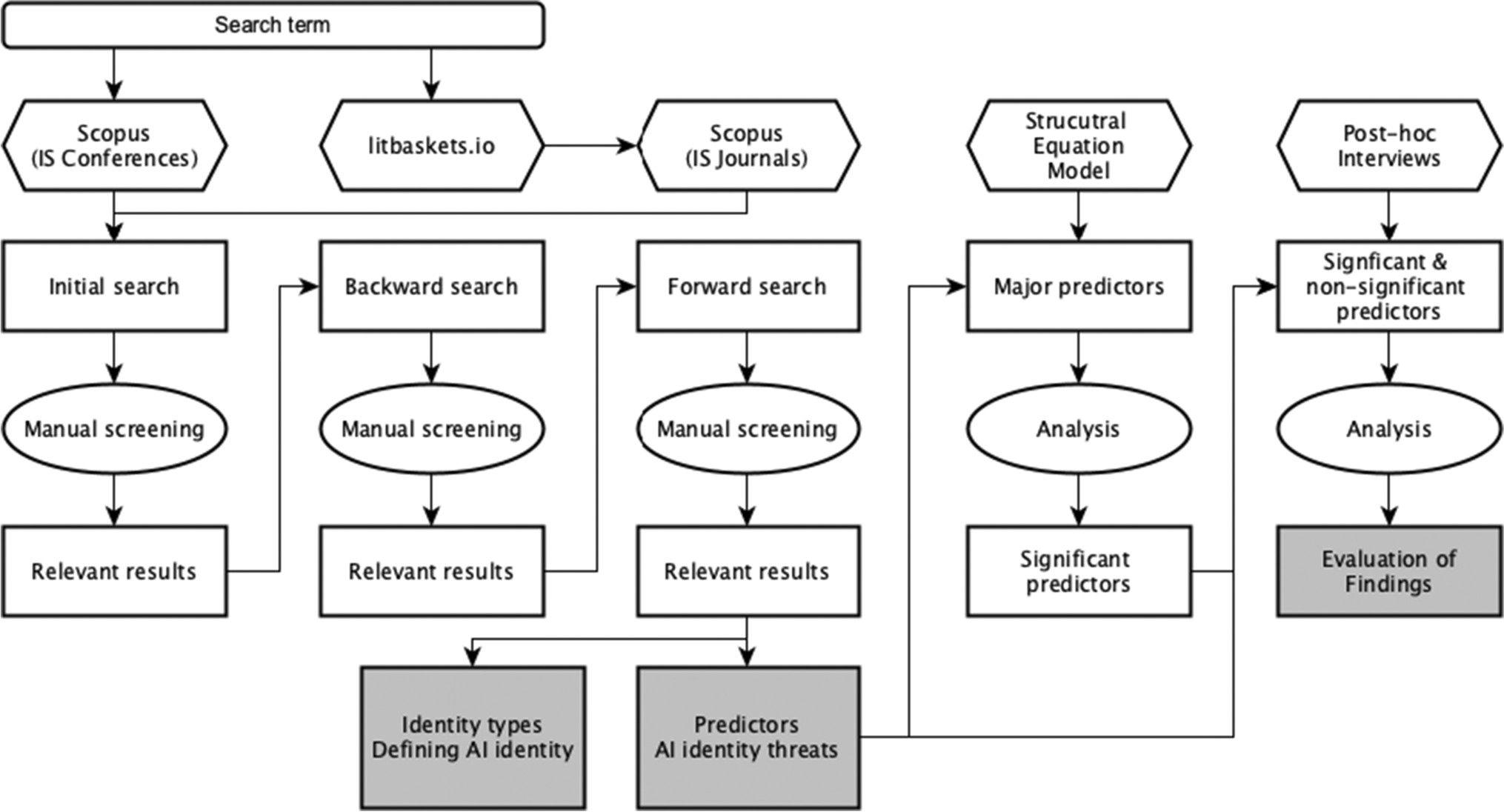Challenges and opportunities of central bank digital currencies
Source:
Social Science Research Network - SSRN
This is a scientific study of the impact of stablecoins on central bank digital currencies. The purpose of this study is twofold, to survey the financial literature on digital assets, specifically stablecoins, and to study the interdependence of stablecoins in financial markets.
This research is authored by researchers Jaewon CHOI and Hugh Hoikwang KIM.
To back up their statements, in addition to a literary survey and analysis, the researchers have added an analysis of case studies such as the fall of Terra-Luna and Silicon Valley Bank.
Drawing on previous research, the authors begin by introducing the subject, summarizing the characteristics, advantages and disadvantages of blockchain technology.
Divided into 3 subsections, the authors address:
- The economics of blockchain technology;
- The valuation of digital assets;
- Tokenized assets and security tokens.
Concerning the literature review of the impact of stablecoins on central bank digital currencies. This part is divided into 3 subparts:
- Stablecoins and Financial Stability;
- Central Bank Digital Currency
- Prospects for Digital Assets and Stablecoins
In the 1st subpart, Stablecoins and Financial Stability, the authors focus on the technical (collateral-backed and non-collateralized) and financial characteristics of stablecoins.
The authors also discuss the impact of stablecoins on financial markets and on the decentralized finance transaction system (DeFi).
After developing the technical and financial characteristics of stablecoins, the authors tackle several subtopics in this 2nd subpart, Financial Stability. First, the advantages and disadvantages of using stablecoins as fiat currency.
Using case studies (e.g., TerraUSD - UST), the authors discuss the volatility of stablecoins, particularly algorithmic (non-collateralized) stablecoins, in the event of a simultaneous mass liquidation of stablecoins.
Secondly, the authors address the risk of the cryptocurrency market spreading to the traditional financial market.
And to conclude this subpart, the authors discuss the various regulatory systems available to avoid any financial risk on the 2 types of financial market.
In the 3rd and final subpart, Prospects for Digital Assets and Stablecoins, the authors discuss the challenges facing stablecoins and digital currencies, especially since the collapse of Silicon Valley Bank.
Bibliography: (text APA)
Jaewon CHOI and Hugh Hoikwang KIM, Stablecoins and Central Bank Digital Currency: Challenges and Opportunities (March 12, 2024). Oxford Research Encyclopedia of Economics and Finance, Forthcoming.
Available **at SSRN**: https://ssrn.com/abstract=4756822 **or** http://dx.doi.org/10.2139/ssrn.4756822
Integrating AI into business - The place of the human being
Source:
Springer Link

Fig.1: Research model including constructs and hypotheses as developed from the literature
The deployment of artificial intelligence (AI) in the workplace is intensifying, leading employees to collaborate more and more with AI. This interaction between machine and human augurs a new form of human-algorithm collaboration, which is not without consequences for employees.
This study by researchers Milad Mirbabaie, Felix Brünker, Nicholas R. J. Möllmann Frick and Stefan Stieglitz has 2 objectives.
The first objective is to highlight the socio-psychological impact of the use of AI-based tools on employees and their work environments.
The second objective is to enhance the scientific literature on information systems.
To validate their model, Milad Mirbabaie & al. used a data analysis method known as the PLS-SEM approach. PLS-SEM stands for Partial Least Squares - Structural Equation Models. In short, the PLS approach is based on components (predictive model) and SEM is built on covariances (confirmatory model).
After referencing the various scientific literatures addressing the socio-psychological effects of employees on the use of information technologies, as well as referencing the scientific literature on the impact of AI on human-machine interactions and on the psychological impact of employees.
Milad Mirbabaie & al. were able to study these different results using several analysis methods. To obtain their results, Milad Mirbabaie & al. used :
- Cronbach's alpha coefficient ;
- Composite reliability (or construct reliability) ;
- Rho_A (or Spearman's rank correlation coefficient).

Fig.2: Procedures of the applied methods
This study also highlighted the fact that IT and AI are both distinct fields. However, it also shows that IT and AI are complementary to each other.
Bibliography: (text APA)
Mirbabaie, M., Brünker, F., Möllmann Frick, N.R.J. et al. The rise of artificial intelligence – understanding the AI identity threat at the workplace. Electron Markets 32 73–99 (2022).
https://doi.org/10.1007/s12525-021-00496-x

